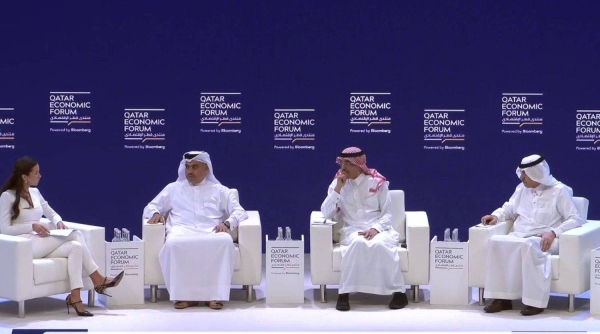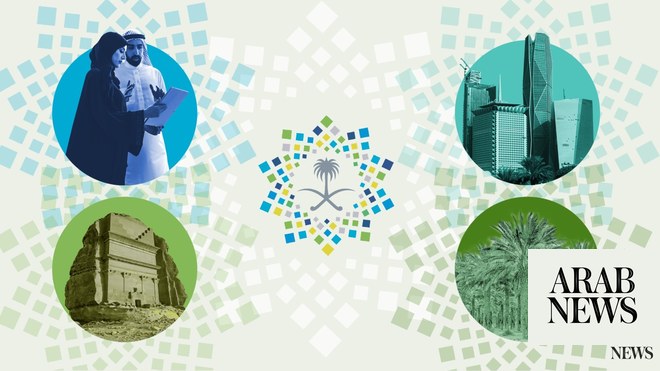
RIYADH: Saudi Arabia’s banking sector will not be able to fund all of the Kingdom’s Vision 2030 projects, according to a report which said more private investment is needed.
The analysis by S&P Global says Saudi Arabia’s investment needs are “significant”, and capital markets will play a “key role” in funding not just private sector investments but also giga-projects such as NEOM, the IPO for which is expected in 2024.
Quantifying the exact funding amount needed for Saudi Arabia’s ambitious growth plans is “not easy” according to the report, with the Kingdom aiming to raise the private sector’s contribution to gross domestic product from 40 percent to 65 percent, and increase non-oil exports share of GDP from 16 percent to 50 percent.
Taken alongside the boom in oil prices, S&P Global says Saudi Arabia is set to become one of the world"s fastest-growing large economies in 2022, real GDP growth in excess of 7.0 percent this year, and a return to fiscal surpluses at 6.3 percent of GDP in 2022 and 3.5 percent in 2023.
The report said: “Saudi banks have contributed significantly to a key Vision 2030 objective — increasing home ownership to 70 percent by 2030 (60 percent in 2020).
“Mortgage lending has been the main engine of growth for Saudi banks over the last few years, with total mortgages hitting SR503.2 billion ($133.85 billion) as of June 30, 2022, compared with SR140.3 billion at Dec. 31, 2018.
“ As the market matures and interest rates continue to rise, origination will likely lose momentum in the next 12-24 months.
“However, as contracts for Vision 2030 projects are awarded, corporate credit lending should start to contribute more meaningfully to banks" lending growth.”
S&P Ratings said that even as Saudi firms set out ambitious capital spending goals in the next five years, the firm would not necessarily reassess its ratings of these businesses “given their healthy balance sheets and strong liquidity.”
“Over time, however, we will reassess our ratings as projects are executed because any rating upside would hinge on business trends improving, sustainable EBITDA (Earnings before interest, taxes, depreciation, and amortization) growth, or stronger leverage metrics,” said the report.
The report went on to state that Saudi Arabia had fared better against the wave of inflation sweeping the globe than other countries, with the riyal being pegged to the dollar helping to play down unpredictability.
“We forecast inflation at 2.5 percent in 2022, before rising to 2.7 percent in 2023 and averaging 1.9 percent in 2024-2025,” said the report, adding: “We expect interest rate hikes to affect the private and general household sectors more than government-related activities given expected high but tapering oil prices.”












